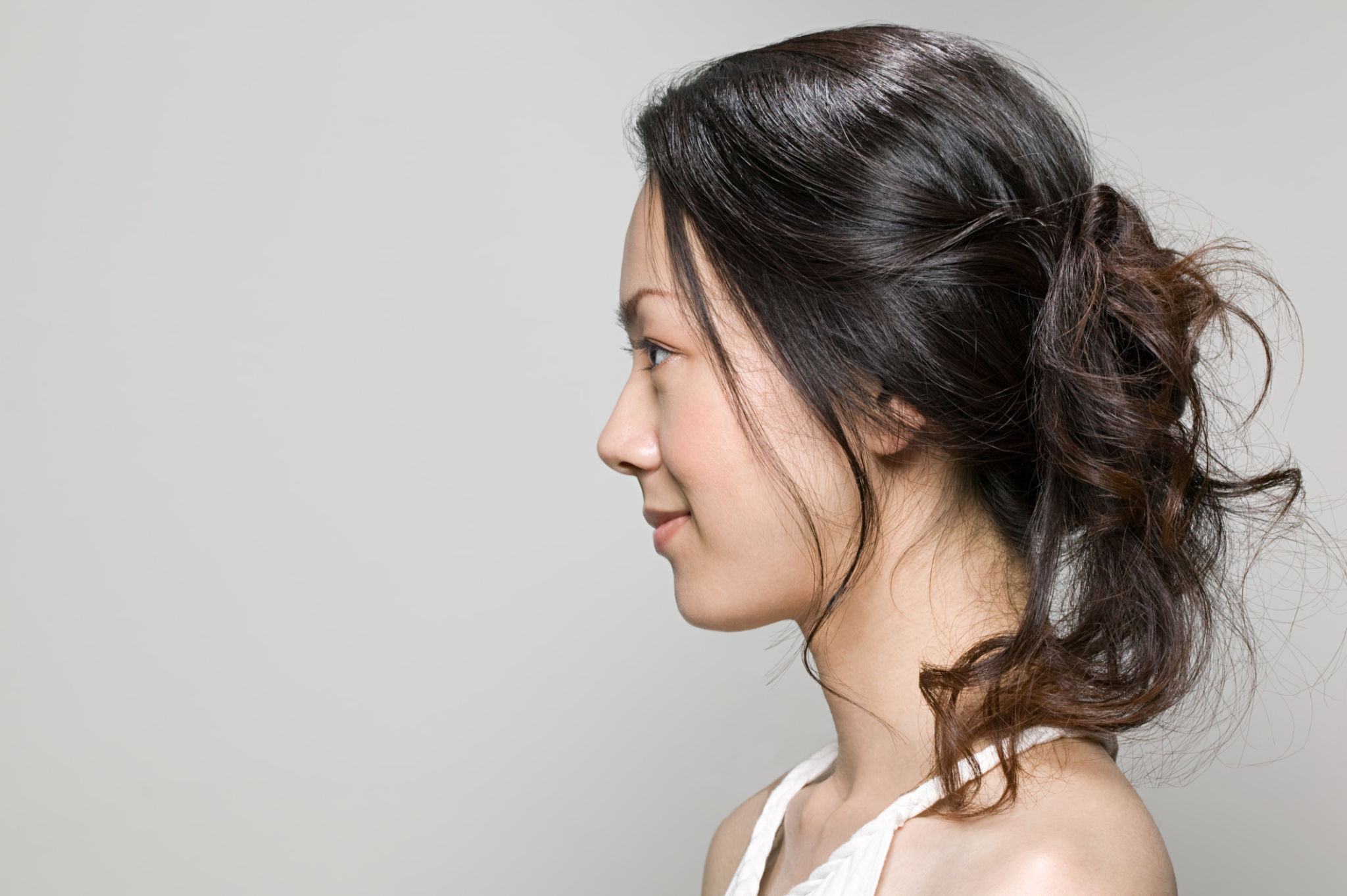Expert Advice: Avoiding Common Mistakes in Portrait Photography
Understanding Lighting
One of the most critical aspects of portrait photography is lighting. Whether you're shooting indoors or outdoors, understanding how light affects your subject can make or break your photograph. Always aim to shoot in natural light whenever possible, as it creates a softer and more flattering effect on your subject's face.
When using artificial lighting, pay close attention to the direction and intensity. Harsh lighting can create unflattering shadows, so consider using a diffuser or bouncing the light off a surface. Experiment with different lighting setups to find what works best for the mood you want to capture.

Choosing the Right Background
The background in a portrait can significantly affect the overall impact of the image. A cluttered or distracting background can take attention away from the subject. Instead, opt for a simple and clean background that complements the subject rather than competing with it.
If you're shooting outdoors, be mindful of any elements that might interfere with the shot, such as trees or buildings. Indoors, a plain wall or a backdrop with neutral colors often works best. Always check your composition through the viewfinder to ensure nothing unwanted is encroaching into the frame.
Posing and Composition
Posing can be intimidating for both photographers and subjects. It's essential to communicate clearly and make your subject feel comfortable to capture genuine expressions. Encourage natural movements and provide clear directions to guide their poses.

Composition plays an equally crucial role in creating a compelling portrait. Use the rule of thirds to position your subject off-center, adding interest and balance to the image. Experiment with different angles and perspectives, such as shooting from above or below, to create unique and engaging compositions.
Camera Settings
Your camera settings can greatly influence the quality of your portraits. Start by selecting a wide aperture (low f-stop number) to achieve a shallow depth of field, which helps in blurring the background and keeping the focus on your subject.
Pay attention to the ISO settings as well. Shooting at a high ISO can introduce noise into your images, so try to keep it as low as possible while still achieving proper exposure. Don't forget to adjust the shutter speed according to your lighting conditions to avoid motion blur.

Post-Processing Techniques
Editing is an essential part of modern portrait photography. Use software like Adobe Lightroom or Photoshop to enhance your images subtly. Adjustments in exposure, contrast, and color balance can significantly improve the final look of your portraits.
However, it's crucial not to over-edit your photos. Over-processing can make them look unnatural and detract from the authenticity of the portrait. Aim for enhancements that maintain the natural beauty of your subject.
Building Rapport with Your Subject
A successful portrait photographer knows how to build rapport with their subjects. Making them feel at ease is key to capturing authentic expressions and emotions. Take time to chat with them before the shoot to understand their personality and preferences.
Offer positive feedback during the session and show them some shots as you go along. This not only boosts their confidence but also helps refine poses and expressions that work best for them. Remember, a relaxed subject leads to more natural and captivating portraits.